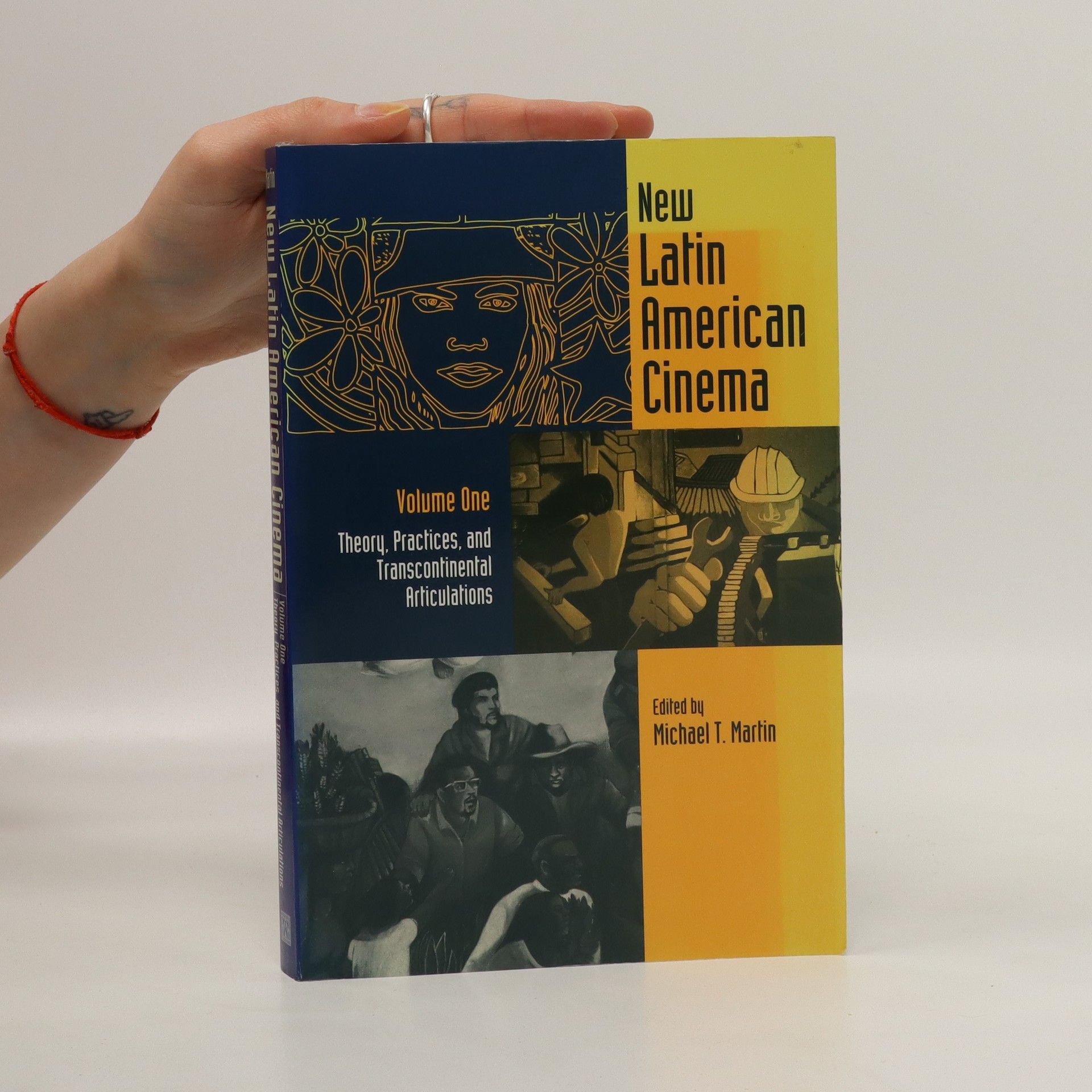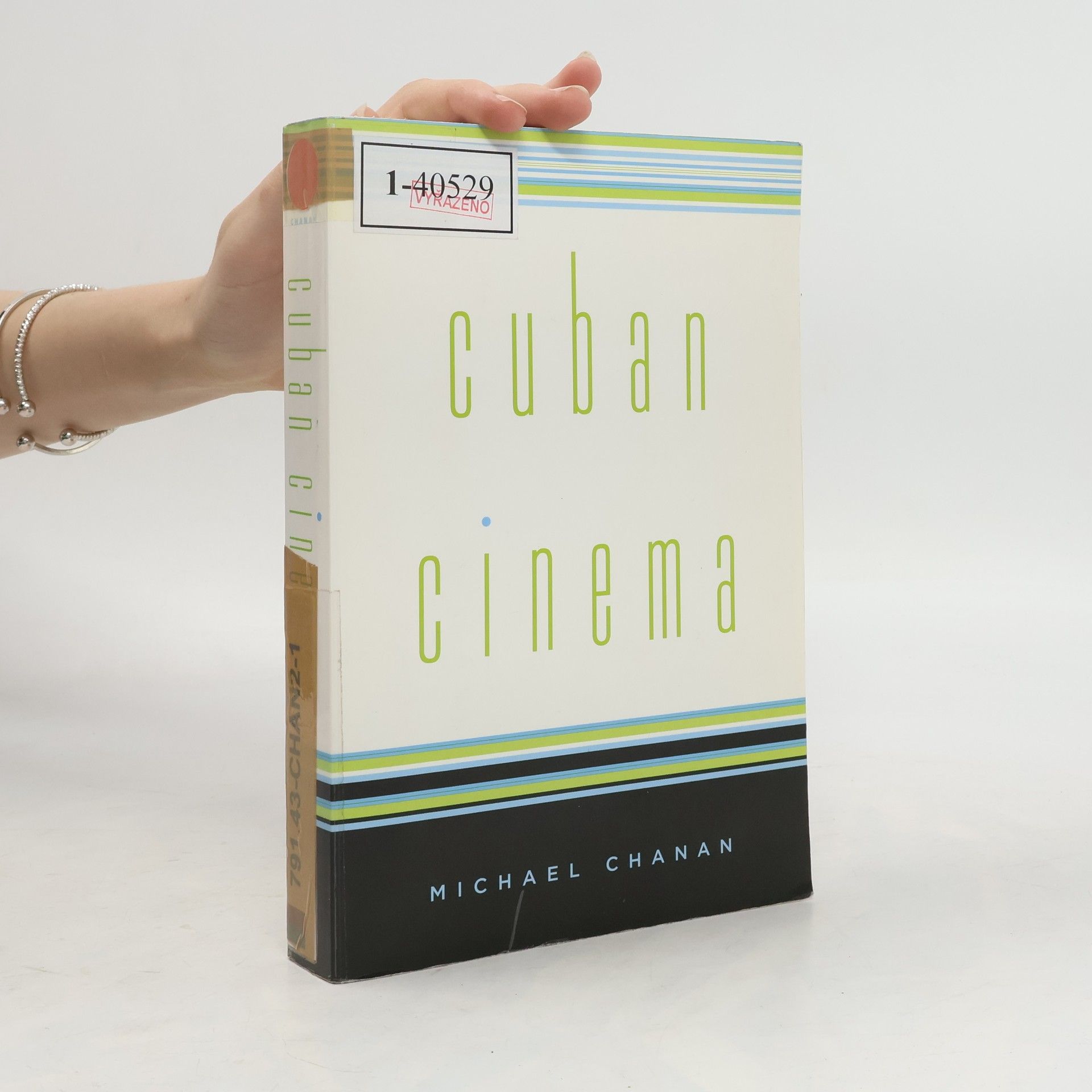Michael Chanan provides a comprehensive, authoritative, and absorbing account of Cuban cinema both before and after the revolution, deftly setting individual films and filmmakers within the larger framework of Cuba's social, political, and cultural history. First published as The Cuban Image in 1984 to wide acclaim, Cuban Cinema now appears in an expanded edition that updates Chanan's discussion to the beginning of the twenty-first century. New chapters address ongoing concerns about freedom of expression; Havana's restored importance within the Latin American film industry through the Havana Film Festival, before state support for filmmakers dwindled; Cuban cinema's place within the globalized cultural market; and the changing audience for Cuban films. The only book-length study of Cuban cinema written in English, this indispensable work on one of the world's most vital national cinemas presents a unique perspective on the Cuban experience in the twentieth century.
Michael Chanan Libri





From Handel to Hendrix: The Composer in the Public Sphere
- 352pagine
- 13 ore di lettura
Focusing on the composer as a public figure, this study explores the evolution of composers through different eras and their societal roles. It delves into themes of subjectivity and identity, analyzing how these elements influence the perception and legacy of composers over time.
New Latin American Cinema
- 332pagine
- 12 ore di lettura
V. 1. Theory, practices, and transcontinental articulations -- v. 2. Studies of national cinemas. Includes bibliographical references and indexes.
Explores the impact of digital technologies on the logic of cultural capitalism
Tracing the history of the documentary from the first Lumiere films to Michael Moore’s Fahrenheit 9/11, Chanan addresses topics such as the documentary before documentary, how documentary film language works, the veracity of the image, the problems of the soundtrack, the migration of documentary to television, political documentary, censorship, first-person film-making, and the relations of the archives to history and memory. Focusing on the vital contribution of documentary to the public sphere--the space in which ideas are debated, public opinion is formed and those in authority are held to account--Chanan argues that, without documentary, the public sphere is unable to function.